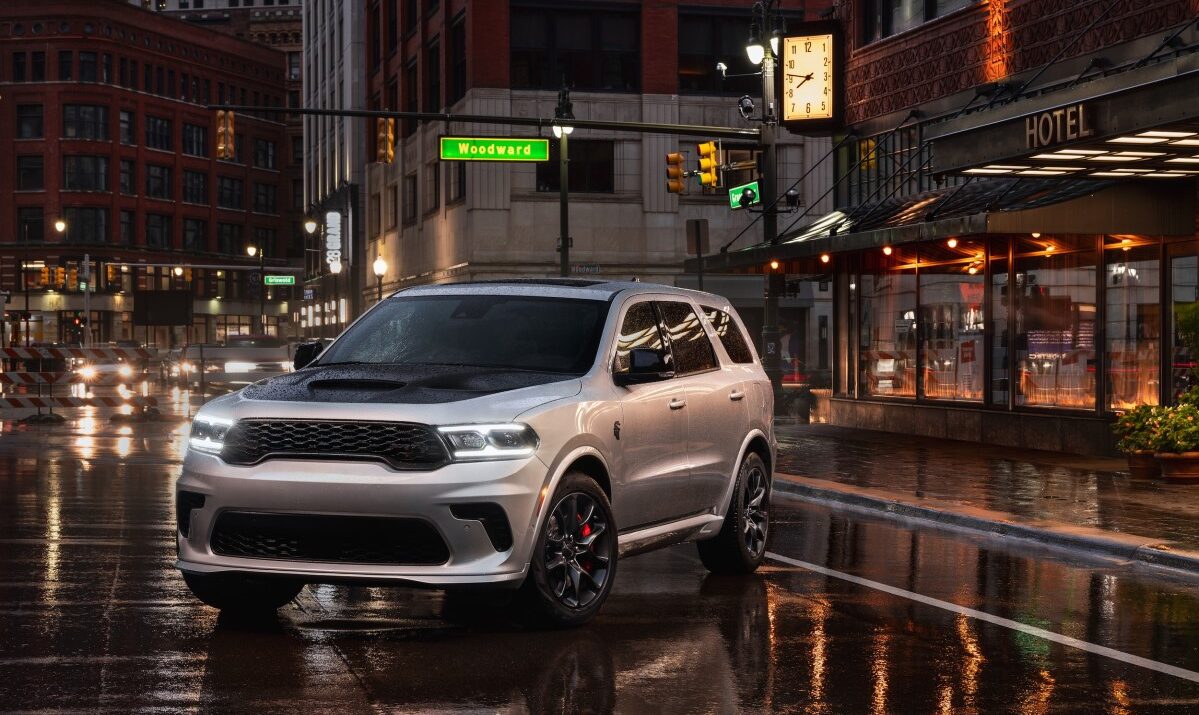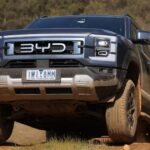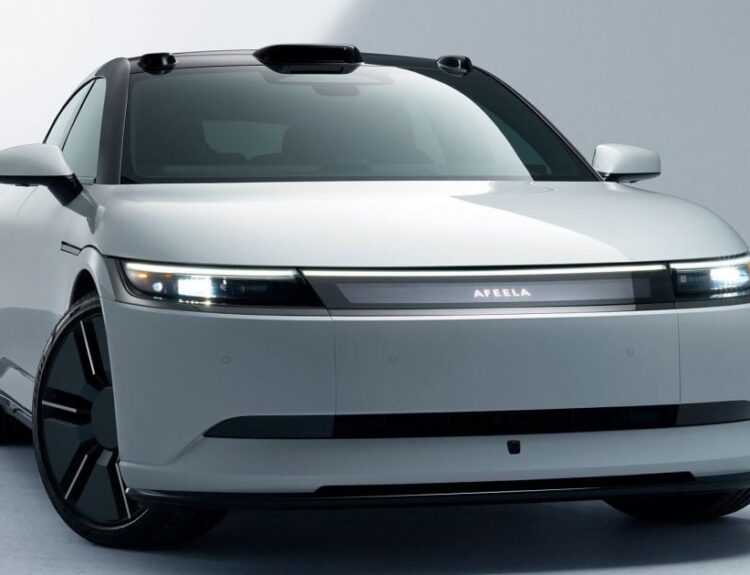
For enthusiasts mourning the potential end of Hemi-powered Dodges, there’s reason for relief. On Friday, Dodge revealed it would extend the production of its storied Hemi V8 into 2025, contrary to the previously established deadline of December 31. This decision reflects a blend of market demand and valuable customer feedback.
But is there more to this news than meets the eye?
2025 Dodge Durango SRT Hellcat
Dodge
With the imminent phasing out of the Charger and Challenger models—set to be replaced by the yet-to-debut Charger Daytona—the brand stands in need of something truly captivating. Let’s face it, the Dodge Hornet does not exactly inspire high-octane excitement.
The current lack of vitality in Dodge showrooms is partly attributed to former Stellantis CEO Carlos Tavares, who had steered the company towards a more environmentally friendly future. However, with Tavares’ resignation effective December 1, the primary barrier to continued Hemi production has been lifted.
Related: Stellantis CEO Carlos Tavares resigns
The Durango: The SRT Hellcat’s Grand Finale
Today’s announcement reiterates a message delivered last month: the three-row Durango will streamline its offerings, featuring the GT, R/T, and SRT Hellcat variants. For the time being, the SRT Hellcat will remain the sole model to sport the supercharged 6.2-liter HEMI V8, generating an impressive 710 horsepower and 645 pound-feet of torque.
This powerhouse boasts a blistering 0-60 mph time of just 3.5 seconds, with an NHRA-certified quarter-mile run in 11.5 seconds, reaching a top speed of 180 mph. Not bad for a family vehicle that also includes modes for both snowy terrain and track performance, all while accommodating up to 85 cubic feet of cargo space.
2025 Dodge Durango SRT Hellcat Silver Bullet Special Edition
Dodge
The R/T variant is equally noteworthy, equipped with a 5.7-liter HEMI V8 that delivers 360 horsepower and 390 lb.-ft. of torque. Meanwhile, the GT model comes standard with a 3.6-liter V6 engine, providing a respectable 295 horsepower.
Introducing Exclusive Editions
What would a Dodge Durango SRT Hellcat be without a few special editions to heighten the allure?
2025 Dodge Durango R/T 20th Anniversary
Dodge
The Durango R/T 20th Anniversary commemorates two decades of Hemi-equipped Durangos. It features the standard 5.7-liter engine alongside exclusive graphics, unique badging, Brass Monkey 20-inch wheels, embroidered Alcantara seats, and the Tow N Go Package, boosting the towing capacity to an impressive 8,700 pounds with additional towing accessories.
2025 Dodge Durango SRT Silver Bullet
Dodge
Next is the Durango SRT Silver Bullet, showcasing a striking Triple Nickel exterior, a Satin Black hood, metallic SRT Hellcat badging, Lights Out finished 20-inch wheels, and luxurious Ebony Red Nappa leather seats.
Dodge Durango SRT Hellcat Hammerhead
Dodge
Alternatively, the Durango SRT Hellcat Hammerhead emphasizes its Hammerhead Grey leather interior, embroidered SRT Hellcat logos, a satin black hood, and sleek satin carbon 20-inch wheels.
2025 Dodge Durango SRT Hellcat Brass Monkey
Dodge
Lastly, the Durango SRT Hellcat Brass Monkey features dark bronze 20-by-10-inch wheels, stylish Brass Monkey badging, striking Red Oxide paint, and a satin black hood.
In Closing
Sound appealing? Certainly. While orders are being taken, Dodge dealers are still contending with significant inventory accrued during Tavares’ tenure, leaving them with a 129-day supply of vehicles—far above the 60-day norm.
Related: Dodge reportedly accelerates production of the Sixpack Charger Daytona due to strong demand.
Dodge intends to unveil gas-powered versions of the Charger later in 2025, yet it remains uncertain whether any will feature the Hemi engine. Thus far, the only revealed model is the Dodge Charger SIXPACK H.O., equipped with a 3.0-liter Twin-Turbo Hurricane inline-six engine, producing 550 horsepower.
However, with Tavares stepping down and former executives like Tim Kuniskis returning, the Hemi’s legacy may still have considerable mileage left in Dodge’s future offerings.
Source:www.autoblog.com






